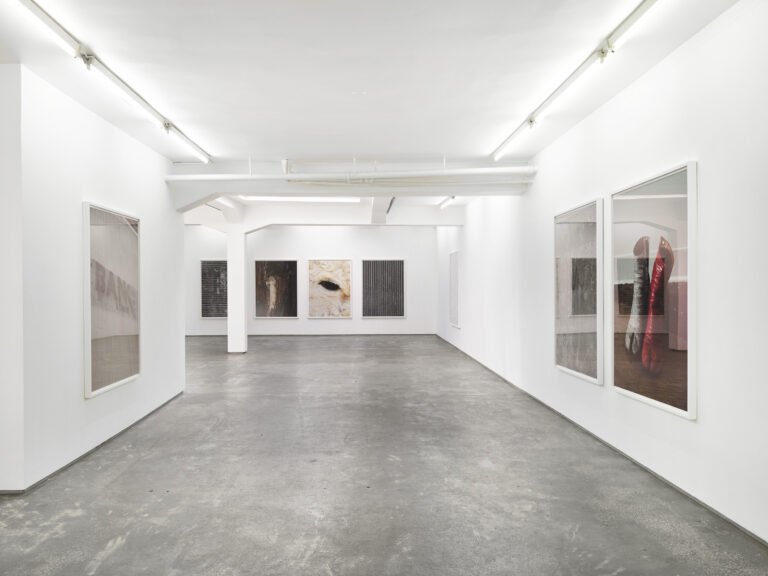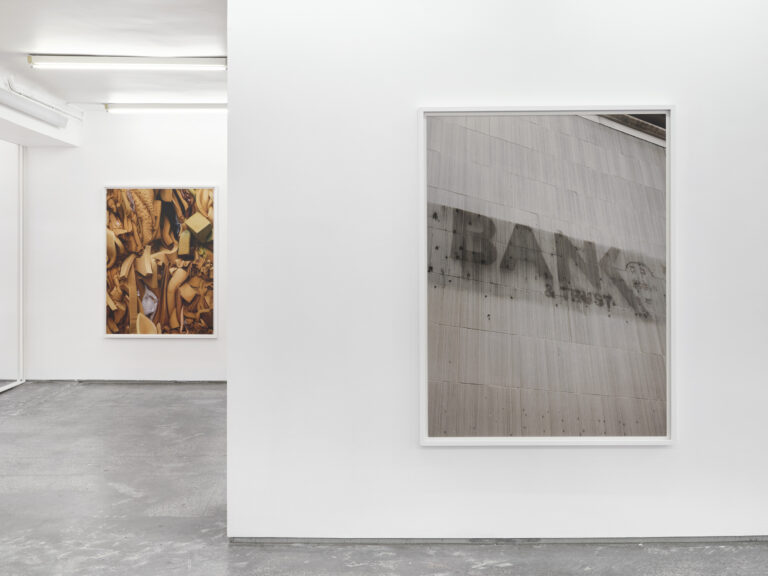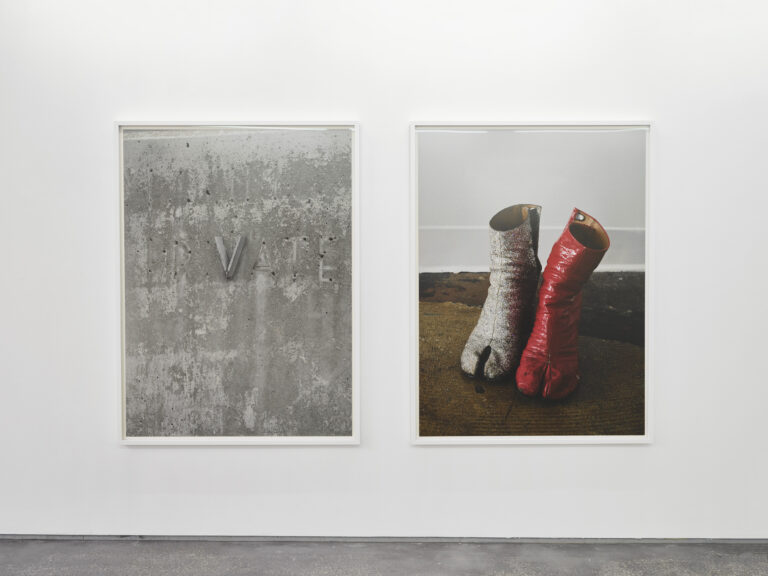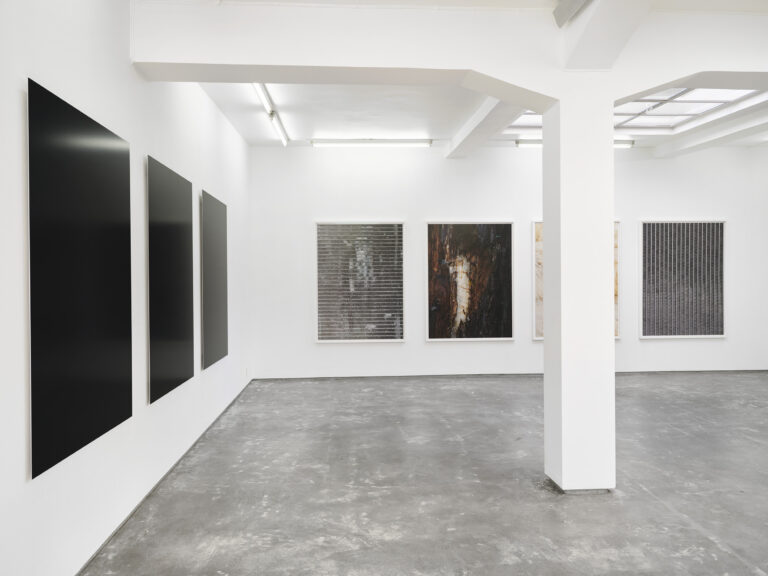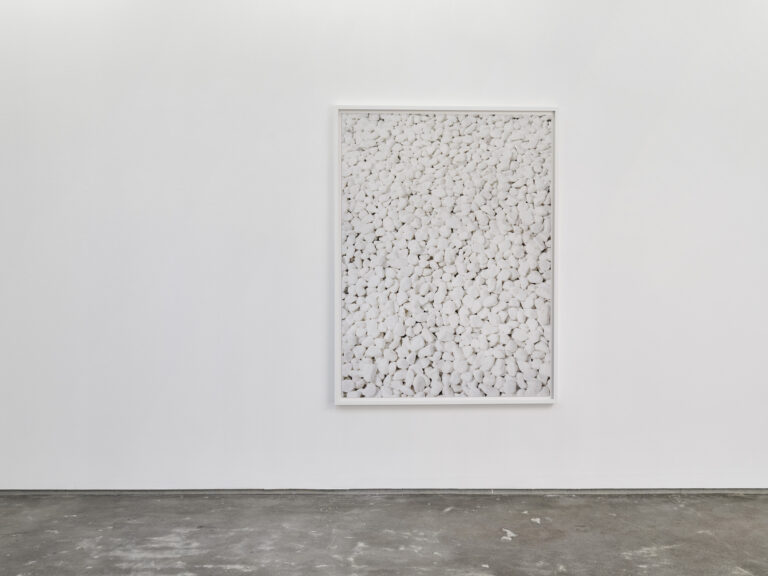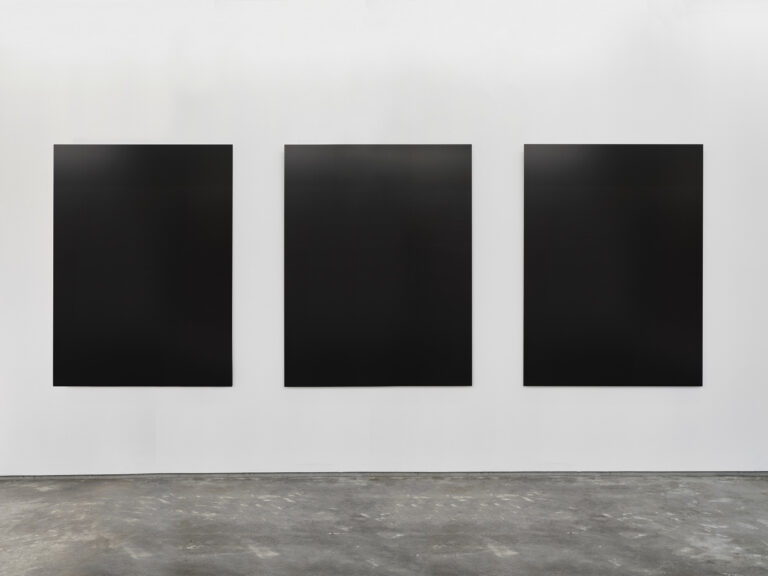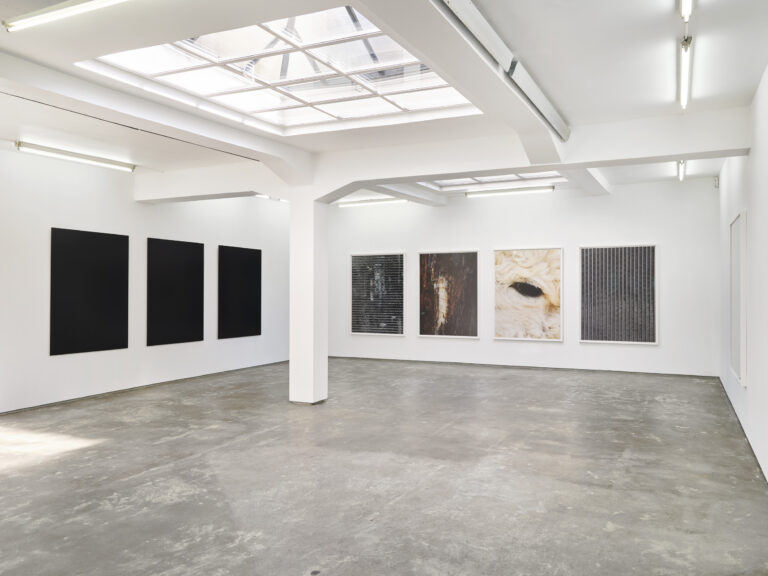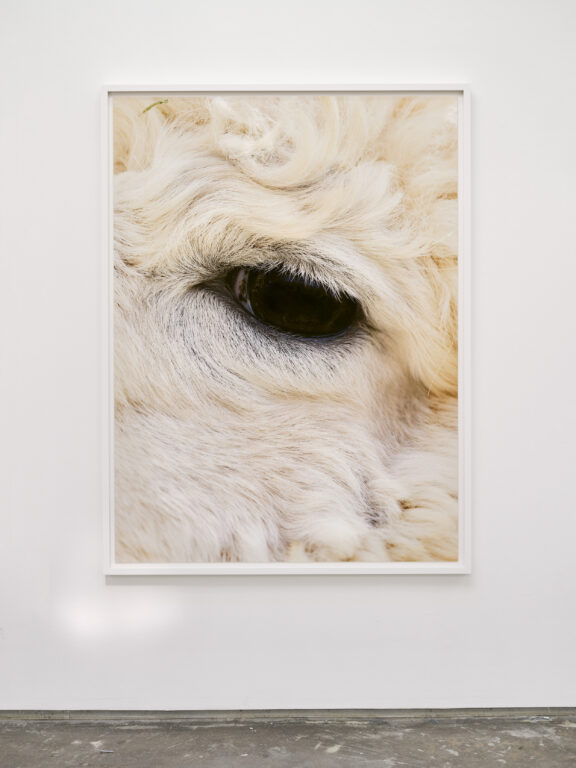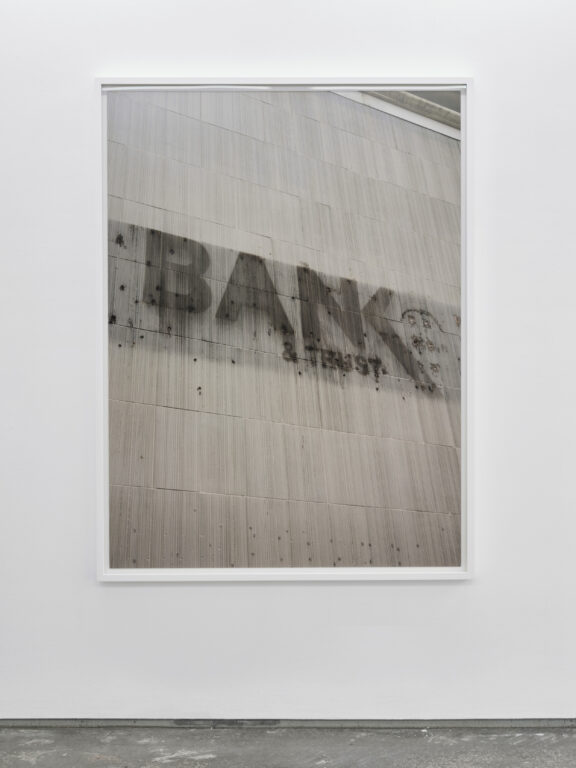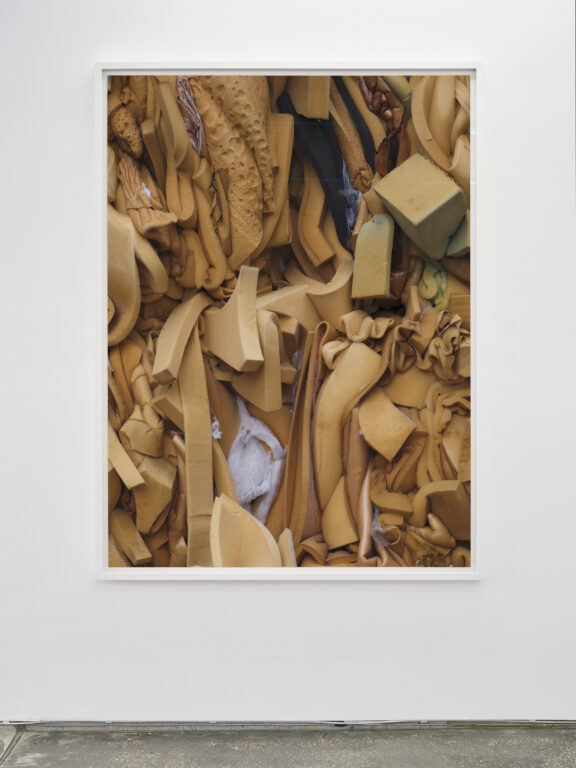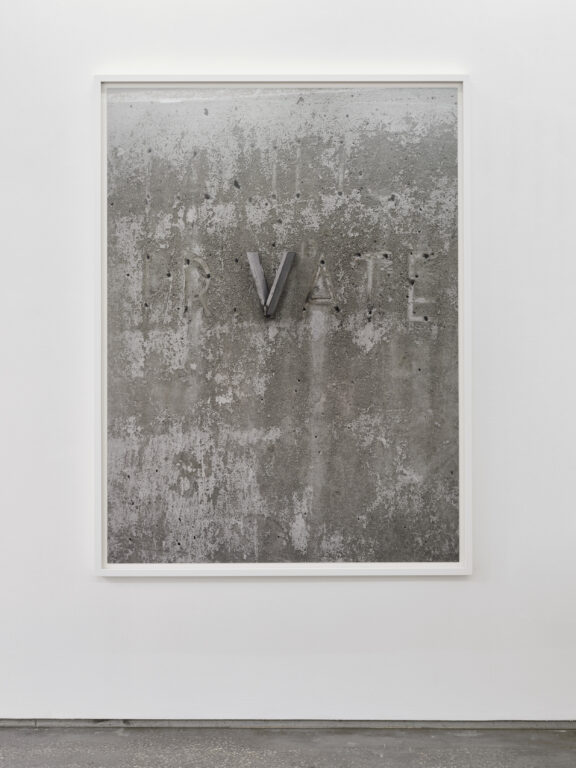Exhibition opening 18.08.2023, 18.00-20.00
The history of fine photography is fraught. Its emergence as a serious art form has been as tumultuous as it has been revelatory. It has called into question the principles underlying originality, spirit, and autonomy in art. Arthur Danto in his book After the End of Art marks the critical distinction between modernism and postmodernism as follows: modernism dispenses with the superfluous, and instead pursues the essential, while postmodernism doubts essence per se, and instead revels in surface. In other words, where modernist works insist on positing formal dynamics according to an inner logic, postmodernist works embrace pastiche and surface as substance in themselves. But perhaps both approaches are endemic to art liberated from religion. Perhaps the pendulum swings to and fro between one paradigm to the other. For the values apparent in a number of young artists today resemble more vividly the days of modernism than those of postmodernism.
The untangling of light and contour—the optical ingredients of the perception of volumetric form—has been a constant in Bjarne Bare’s oeuvre. Bare essentializes the practice of photography. Mostly through photographs of buildings, pavement, and other inert objects or materials, Bare uses the lens of the camera to sketch a topography of vision. His photographs render their subjects into angles of lines, forms of color, and patterns of texture. Even in The Melancholic Eye (an image which seems to summon emotional content toward itself like a black hole) the ultimate dimension of the artist’s work relates to the imposing scale of the eye and the abstraction of the subject into textural zones.
Bare’s formal practice is furthered in this exhibition with his photographs of radiators. Impressive and daunting when magnified, Bare’s radiators appear like microcosms of cities. They propose a hypnotic order. They suggest something scalable and infinite. There is something almost Kafkaesque about their briskness, about the readiness of the specific to be dissolved into the generic.
The alternate pole of Bare’s work expresses a kind of theater, or better yet the residue of a drama. While works like V and Bianca maintain Bare’s characteristic compositional rigor, they also point to a narrative beyond their immediate reality. They suggest for the viewer personality dynamics and stories of human interaction and behavior. They are in a sense pre-cinematic. They are at the precipice of drama.
The black horizon photographs are the ultimate sublimation of his practice. Each of these photographs is so dark as to appear almost entirely black. They make the physical conditions of their viewing weigh on the experience—the quality of light in the space, the attention of the viewer, the reflections in the print surface—these works do what art ought to do: sensitize a viewer to the aesthetic conditions of their situation. Within the pictures is a horizon line, a point at which the deep black lightens up slightly. From this point the contours of waves can be glimpsed. The minutia of light seeps out like sap in slow sequence, only revealing itself to the patient viewer. They are meditative works that push print photography to its limit. They are dramatic and vast, yet articulate and formally challenging. They have an inner logic and direction, and Bare’s careful handling has brought that inner kineticism to a head. They are ambitious photographs, and for the ambitious viewer, they offer rewards.
- Exhibition text by Grant Tyler
Bjarne Bare (b. 1985 in Poznań, Poland) is an internationally exhibited artist based in Los Angeles, California. Bare’s approach to photography is conceptual, offering a complex, dynamic visual that stands in contrast to the ‘decisive moment’ that is often portrayed in traditional photography. He received his B.F.A. from the Academy of Fine Art Oslo (2013) and M.F.A. from UCLA, Los Angeles (2017). Bare co-founded the Norwegian gallery MELK in 2009, which has since helped shape a generation of Scandinavian artists.
Through his work as an artist, gallery director, and publisher, Bjarne Bare maintains a profound interest in the development and current state of the photographic image, as well as a theoretical curiosity concerning modes of perception in the reading of the photograph. He has been the editor of notable books on photography, including the publications Why Photography? (Skira, Milan) and New Scandinavian Photography (Black Dog Publishing, London). Alongside his practice as a visual artist, Bare has worked as a curator at a number of exhibitions focusing on contemporary photography, as an advisor, editor, and juror.
His works have been shown in museums such as the Henie Onstad Kunstsenter, Lillehammer Kunstmuseum, Preus Museum and Sørlandets Kunstmuseum as well as Fondazione Bevilacqua La Masa, Palazzetto Tito, Venice; UCLA Broad Art Center, Los Angeles; Three Shadows Xiamen Photography Art Centre, Xiamen; Kunstnernes Hus, Oslo; and OSL contemporary, Oslo; among others. Bare has published several books, which have been included in libraries and collections such as the Museum of Modern Art (MOMA); Los Angeles County Museum of Art (LACMA); The Getty Research Institute; Sächsische Universitätsbibliothek Dresden; University of Bergen and his artworks are found in the collections such as the National Museum of Art, Oslo; Kistefos Museum, Jevnaker; Preus Museum, Horten; Wienerberger Contemporary Photography Collection, Vienna; and Ekard Collection, Wassenaar.

